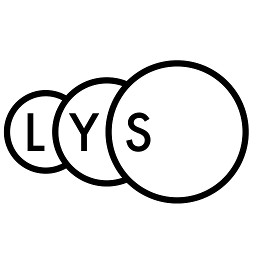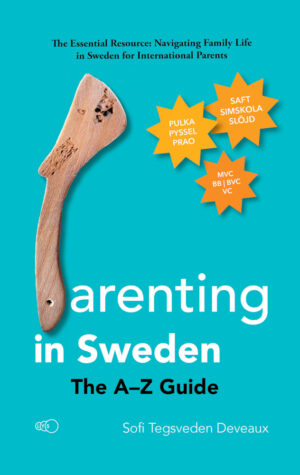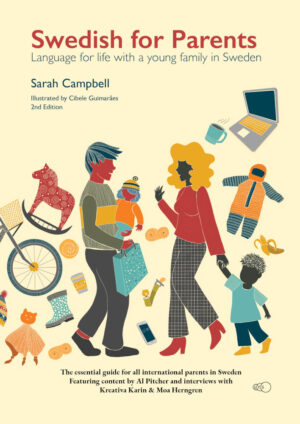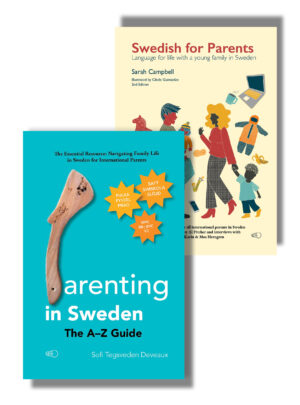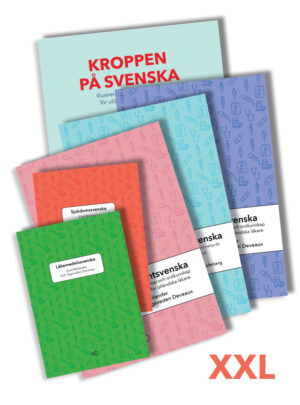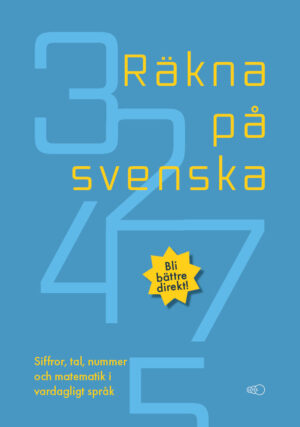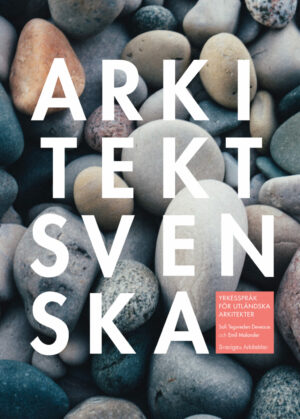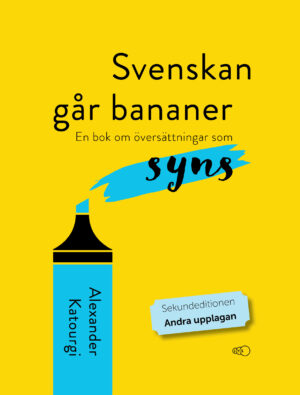The word think, or the equivalent(s) in your language, is conveniently translated into three different words in Swedish: tycker, tänker, tror. Do not believe that you can use these sporadically, as per your own preference, because for any Swede, these three words have very distinct meanings, and cannot be mixed up.
Tänker
This is the easiest one to grasp the meaning of, but also the most abused one by language learners. I personally believe that the phonological similarities to the English think makes it feel like a safe choice, when you are not feeling perfectly sure what word to use. This leads to inaccurate use of the term.
Tänker refers to the actual process of processing thoughts in your head:
- Vänta, jag tänker. [Hang on, I am thinking]
- Tänk innan du pratar! [Think before you speak.]
Tänker can also refer to your plans or intentions:
- Jag tänker lära mig att spela fiol. [I am planning to learn how to play the violin.]
- De tänker kanske köpa en sommarstuga. [They are thinking about buying a summerhouse.]
I have also paid attention to a curious thing: that tänker is often used together with a negation, objecting to an order or instruction:
- Du ska tvätta händerna nu! [You need to wash your hands now!]
- Jag tänker inte göra det! [I am not gonna do that!]
All your Swedish teachers stress that tänker cannot be followed by att. This is true, for the above example, when you are talking about your plans.
The problem, as many of my more observant students have noticed, is that this is not entirely true. Tänker can in fact be followed by att. This is rarely recognised in textbooks, but I would describe it as a method to communicate that what you are talking about is still in the thought process. A sort of real-time streaming from your brain:
- Jag tänker att det kanske inte är en jättebra idé. [I am thinking that this is maybe not a great idea.]
- Jag tänker att man kanske skulle kunna be Berit om hjälp. [I am thinking that we could ask Berit for help.]
Tror på
Then, there is tycker and tror.
Tror på is the easiest construction, very similar to the English believe in. You can believe in God, or Santa, angels, and whatever else builds on
Han tror på Gud men inte på Jultomten. [He believes in God but not Santa]
But, just like English, you can also believe in what you see, hear and read:
Tro inte på allt du läser i tidningarna. [Don’t believe everything you read in the news.]
And just as in English, we can also use it to express encouragement, believing that someone will make it.
Jag tror på dig, du kommer klara det! [I believe in you, you will make it]
Jag tror inte på deras affärsidé. [I don’t believe in their business idea.]
So this should be fairly clear to you, but it will soon get trickier, when we start looking at the difference between tycker and tror.
Tycker om
First, let’s look at the difference between tycker om and tycker, because this is huge. Tycker om is a phrasal verb (partikelverb in Swedish), and just as for phrasal verbs in English they can acquire completely different meanings than the base verb. Get over is not the same as get, and nod off is not the same as nod. Tycker, as we will look at in more detail very soon, means to have an opinion, based on subjective and direct experience. Tycker om, in contrast, would translate as like or enjoy.
Han tycker inte om kokt ägg. [He doesn’t like boiled eggs.]
Tycker du om Sverige? [Do you like Sweden?]
Jag tycker mycket om att bada. [I really enjoy swimming.]
Opinion versus speculation
The classic example here is to compare the two following sentences.
A: Jag tror att filmen är bra. [I think the film is good.]
B: Jag tycker att filmen är bra. [I think the film is good.]
The difference may seem marginal to anyone who is not a native speaker of Swedish, but it is really not. In example A, the person has not watched the film yet, they are merely speculating. There is an unconfirmed hypothesis about the quality of the film. In example B, the person has watched the film, and they are expressing an opinion about it. Tycker is always based on experience.
Direct or indirect experience
In fact, I think the key term should be direct experience of tycker. Consider the following two examples.
- Jag tror att du är trött. [I think you are tired.]
- Jag tycker att du ser trött ut. [I think you look tired.]
In example A, the observer thinks/guesses that the other person is tired. What this is based on is of course impossible to tell, but there must be some clues. One clue, at least if I refer to myself, is black circles under their eyes. In example B, however, you are (if you pay attention to subtle nuances) dealing with something that cannot be speculated about. You are not guessing that the other person looks tired,
So from this, we can conclude that: tror is more or less the same as tycker + verkar [seems] / ser ut [look] or låter [sound]
Recommendations
Tycker may also be used for making recommendations or giving advice, based on subjective opinion.
- Tycker du att jag ska söka ett nytt jobb? [Do you think I should look for a new job?
- Jag tycker att du ska studera i ett halvår till innan du skriver testet. [I think you should study for another six months before taking the exam.]
Compare this to:
- Jag tror att du ska studera i ett halvår till innan du skriver testet.
This is pure guesswork, speculating about the other person’s plans, intentions or uncontrolled future.
Attitude
Tycker can express an attitude to something.
- Vi ska åka på en konferens med jobbet. Jag tycker att det ska bli roligt. [We are going on a conference with work. I am looking forward to it.]
- Vi ska åka på en konferens med jobbet. Jag tror att det blir roligt. [We are going on a conference with work. It should be fun.]
To conclude
This may all seem a little daunting to you right now, but it is definitely not impossible. Your first step to master these verbs is to start paying attention to how Swedes use them. Good luck!
